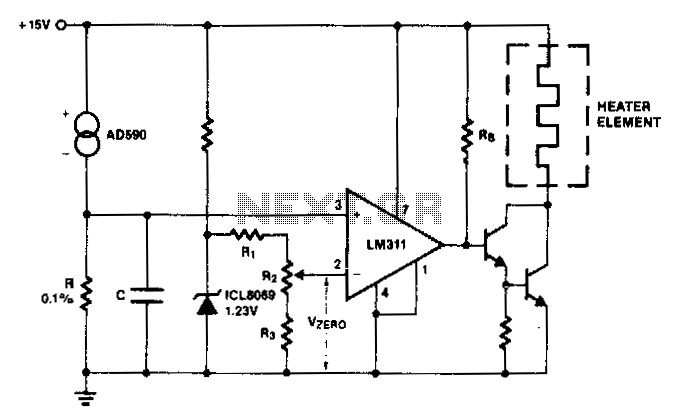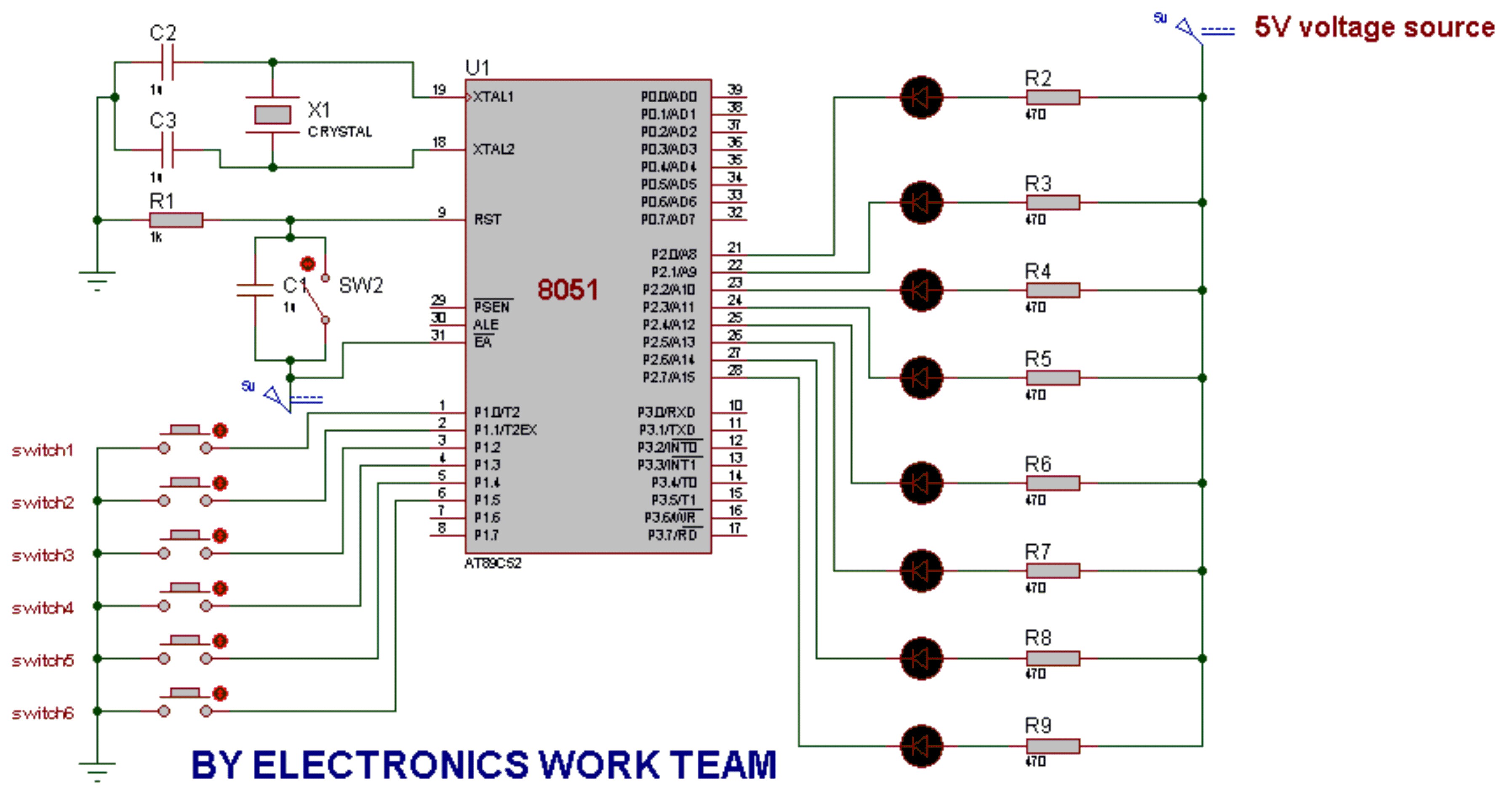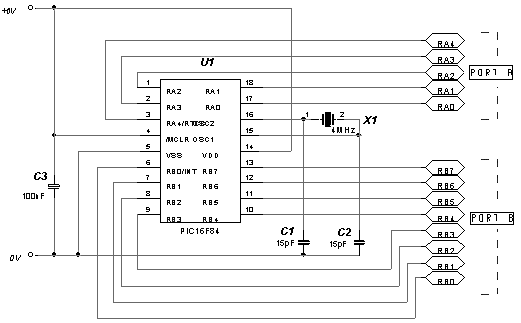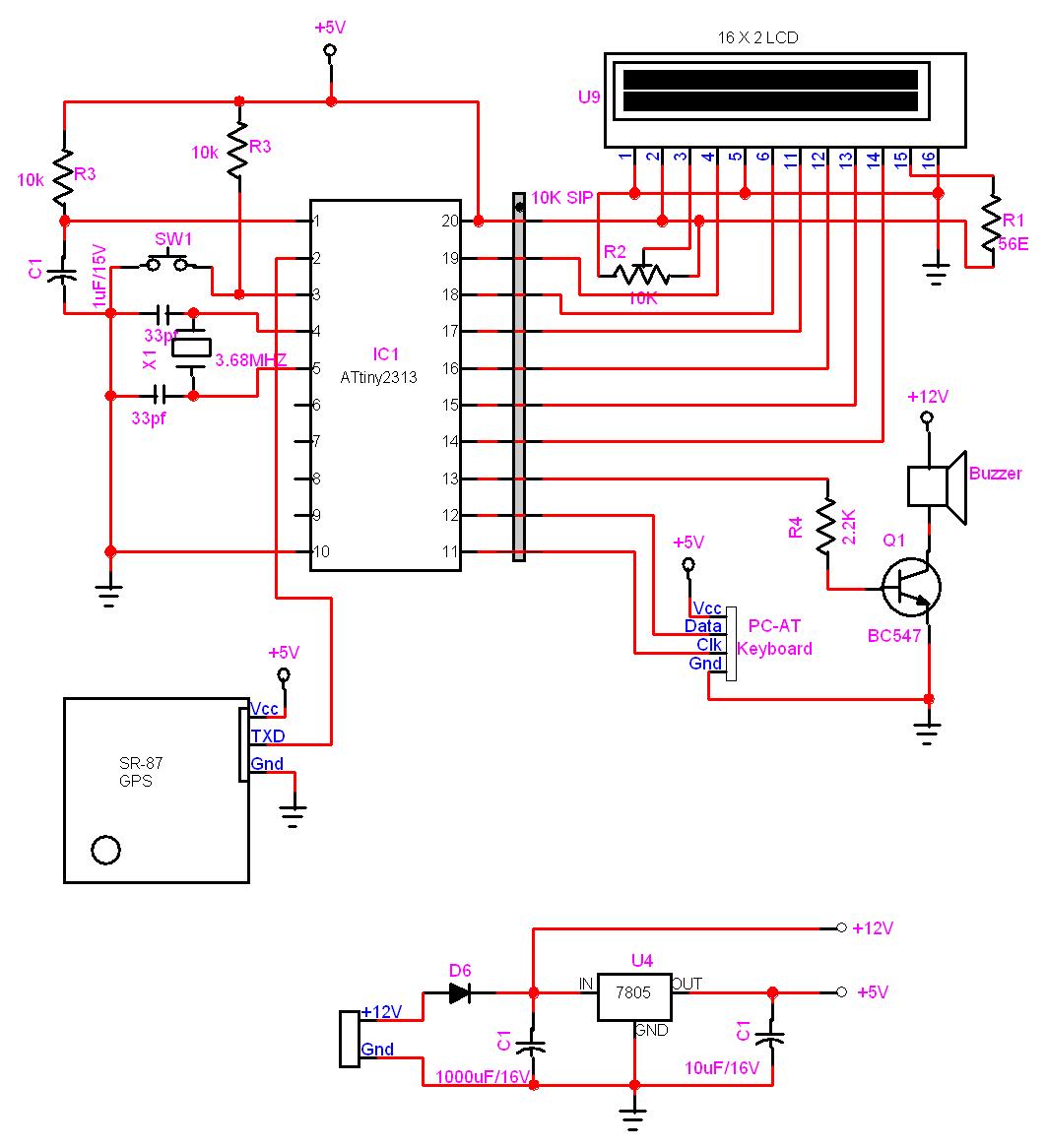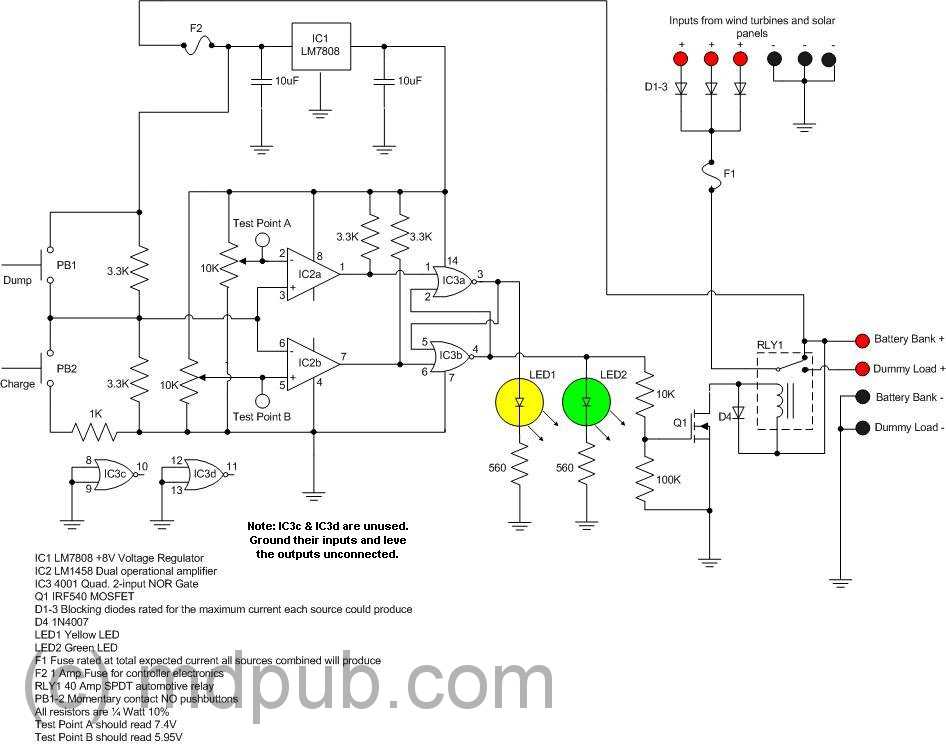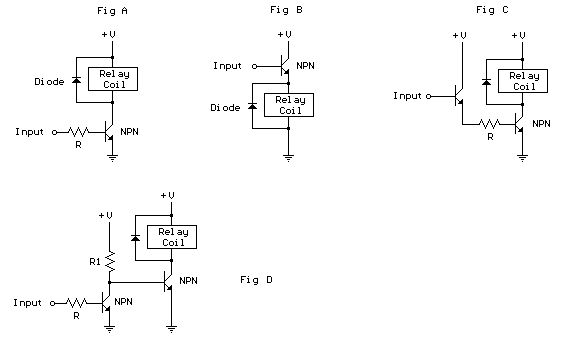
74LS192 Computer controller 4 DC motors

This circuit is beneficial for connecting a computer to homemade robotics. It is straightforward to construct and operate, capable of controlling two DC motors of varying current and voltage ratings, contingent on the specifications of the relays used. Additionally, the circuit includes two shaft encoders to provide positional feedback to the computer.
The described circuit serves as a versatile interface for controlling robotic systems. It is designed to handle two DC motors, which can be selected based on the desired current and voltage ratings, as determined by the specifications of the relays integrated into the circuit. The relays act as switches that enable or disable the motors, allowing for precise control over their operation.
Incorporating two shaft encoders into the design enhances the functionality of the circuit by providing real-time positional feedback. These encoders detect the rotational position of the motor shafts, translating mechanical movement into electrical signals that can be processed by the computer. This feedback loop is essential for applications requiring accurate positioning and movement control, enabling the robotic system to respond dynamically to its environment.
The overall design emphasizes simplicity and ease of use, making it accessible for hobbyists and engineers alike. The circuit can be built using commonly available components, and its modular nature allows for easy modifications and expansions, such as adding more motors or sensors as needed. This flexibility makes the circuit an excellent choice for various robotic applications, from simple tasks to more complex automated systems.This circuit has proven useful when interfacing my computer to home made robotics. It is easy to build and use and it can control two DC motors of any current or voltage rating, depending on the rating of the relays. The circuit also provides two shaft encoders for positional feedback to the computer. Disclaimer All files are found using legitimat e search engine techniques. This site does not and will not condone hacking into sites to create the links it list. We will and do assume that all links found on the search engines we use are obtained in a legal manner and the webmasters are aware of the links listed on the search engines. If you find a URL that belongs to you, and you did not realize that it was "open to the public", please use the report button to notify the blogmaster of your request to remove it or it will remove within 24 hours.
This is not an invitation for webblog haters to spam with requests to remove content they feel that is objectionable and or unacceptable. Proof of URL ownership is required. NOTICE: This Blog Has Already Been Reviewed And Accepted By Blogger. com 🔗 External reference
The described circuit serves as a versatile interface for controlling robotic systems. It is designed to handle two DC motors, which can be selected based on the desired current and voltage ratings, as determined by the specifications of the relays integrated into the circuit. The relays act as switches that enable or disable the motors, allowing for precise control over their operation.
Incorporating two shaft encoders into the design enhances the functionality of the circuit by providing real-time positional feedback. These encoders detect the rotational position of the motor shafts, translating mechanical movement into electrical signals that can be processed by the computer. This feedback loop is essential for applications requiring accurate positioning and movement control, enabling the robotic system to respond dynamically to its environment.
The overall design emphasizes simplicity and ease of use, making it accessible for hobbyists and engineers alike. The circuit can be built using commonly available components, and its modular nature allows for easy modifications and expansions, such as adding more motors or sensors as needed. This flexibility makes the circuit an excellent choice for various robotic applications, from simple tasks to more complex automated systems.This circuit has proven useful when interfacing my computer to home made robotics. It is easy to build and use and it can control two DC motors of any current or voltage rating, depending on the rating of the relays. The circuit also provides two shaft encoders for positional feedback to the computer. Disclaimer All files are found using legitimat e search engine techniques. This site does not and will not condone hacking into sites to create the links it list. We will and do assume that all links found on the search engines we use are obtained in a legal manner and the webmasters are aware of the links listed on the search engines. If you find a URL that belongs to you, and you did not realize that it was "open to the public", please use the report button to notify the blogmaster of your request to remove it or it will remove within 24 hours.
This is not an invitation for webblog haters to spam with requests to remove content they feel that is objectionable and or unacceptable. Proof of URL ownership is required. NOTICE: This Blog Has Already Been Reviewed And Accepted By Blogger. com 🔗 External reference
